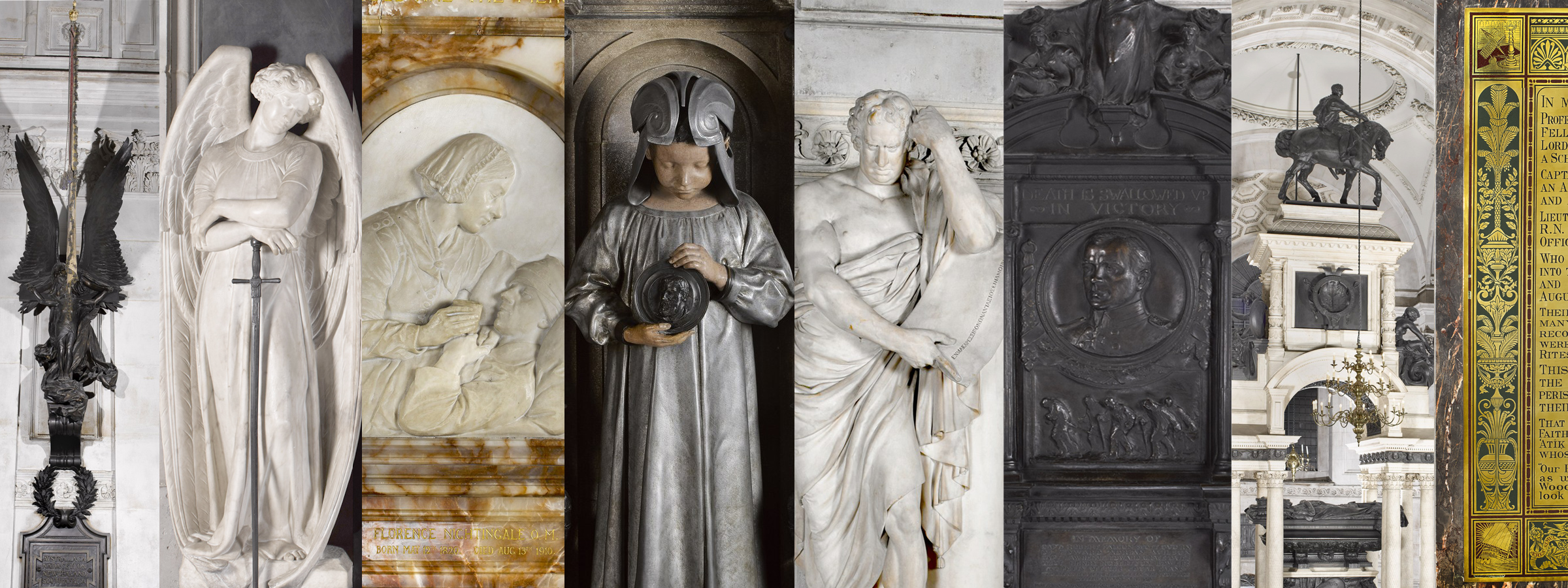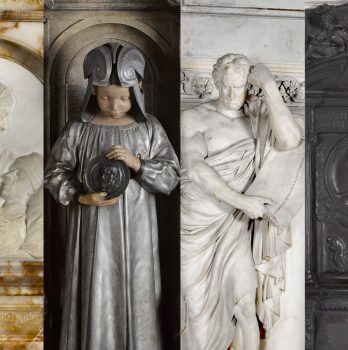‘The Lost Chord’ by Sir Arthur Sullivan (1842–1900): Kirkbymoorside Town Brass Band’s Response to the Composer’s Monument by Sir William Goscombe John RA, 1902
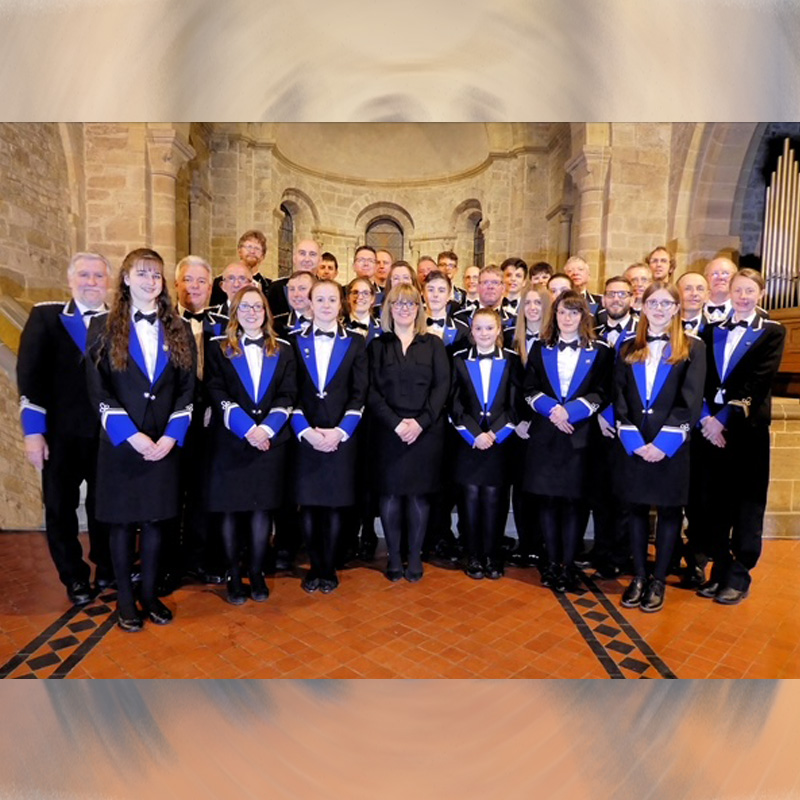
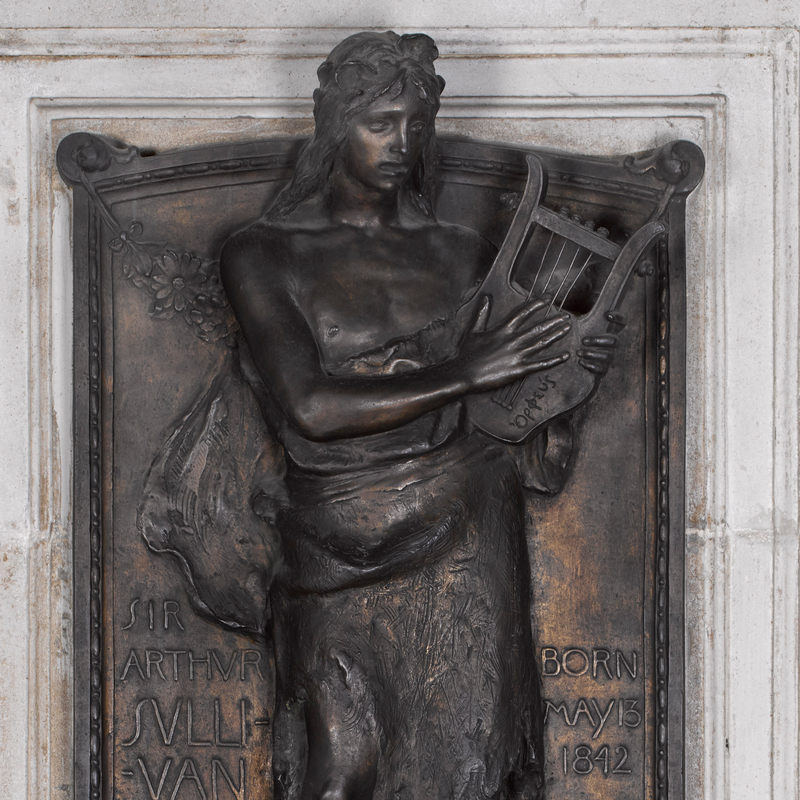
About this Voice
By Emma Smailes, Kirkbymoorside Town Brass Band
Brass Band competitions are at the heart of this unique amateur musical movement. From the spectacular National Finals held at the Albert Hall each year to March and Hymn competitions such as those that fill the moors round Saddleworth each Whit Friday, the discipline of practising and performing to an adjudicator keeps the level of musicianship high. This is no more so than in the solo competitions that take place throughout the country.
One of the most played pieces chosen by competitors to demonstrate their skill is Arthur Sullivan’s The Lost Chord. The raw emotion of the piece, its dynamic and octave range and the need for total breath control are a true test of both musical and technical ability. Played well, it could bring good remarks from the adjudicator and a coveted medal. Or if nerves won out, it could deliver a crushing defeat. As such, whether joy or sadness, it holds a place in many brass banders’ hearts.
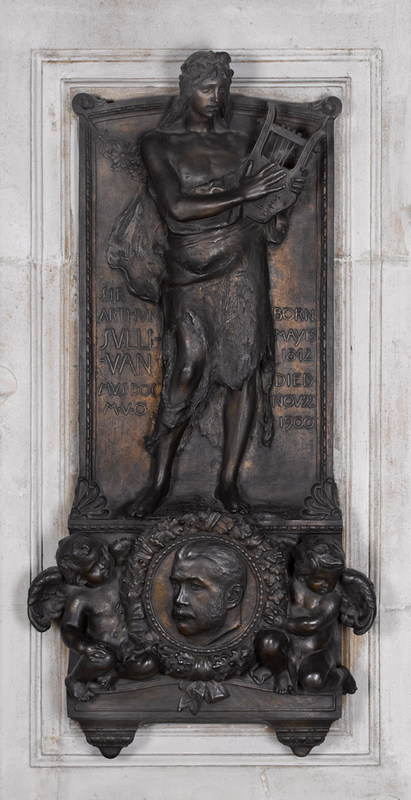
About Kirkbymoorside Town Brass Band
Historic buildings and landscapes would be instantly recognisable to many different generations in many communities, and that applies equally in Kirkbymoorside, North Yorkshire. Yet there is another defining feature which sets the town apart from many others. It has a brass band with a history that can be traced back more than two centuries. Although Kirkbymoorside Town Brass Band may have borne little resemblance to today’s ensemble in its early era, it has provided the heartbeat of the community through the generations.
From its early days, the band has represented the town—and the North of England—at local and national competitions; and in the last few decades, it has been placed in the National Brass Band Finals of Great Britain, consistently competing at the top of brass banding.
This year, Kirkbymoorside Town Brass Band, inspired by a super reading of nuance and textured colouring by music director Sarah Woodward, produced a winning performance of test piece Spectrum by Gilbert Vinter, to gain first place in the North of England Brass Band Championship. They went forward to the National Finals at Cheltenham Racecourse in September, for the first time since 2015.
In all, there are more than 120 active players across five bands, with players ranging in age from 5 to 80+. “If you want to make music, we have a place for you,” says Sarah. The training bands help to ensure a consistency that will help to carry the band forward into the future, recruiting from schools in the area; and some parents, inspired by their children’s efforts, choose to join the Community Band to play, too.
Kirkbymoorside Band has been a useful stepping stone for many of its young members, ranging from players studying music at university, joining top ranked British brass bands, becoming professional musicians and performing on the West End.
Visit Kirkbymoorside Town Brass Band’s website and find them on Twitter.
About the Monument
Sir Arthur Sullivan (1842–1900) is perhaps most remembered today as the composer half of the Gilbert & Sullivan duo, for their mostly comic operettas, such as The Pirates of Penzance, The Mikado and Yeoman of the Guard. Before his collaboration with W. S. Gilbert, however, Sullivan had become known as one of England’s leading composers of the day.
Sullivan composed The Lost Chord in 1877, at the bedside of his dying older brother Fred, an actor and singer who had performed roles from Arthur’s operettas to great acclaim. The song was a setting of ‘A Lost Chord’ (1860) by poet Adelaide Anne Procter (1825–1864); it entered the repertoire of many of the leading singers of the day. Sullivan’s first successful song, however, had been his setting of ‘Orpheus with his Lute’ (1866) from Shakespeare’s Henry VIII, and Orpheus is the figure represented on his memorial by Sir William Goscombe John (1860–1952) at St Paul’s Cathedral, above a medallion portrait of Sullivan in profile. On Queen Victoria’s insistence, Sullivan was buried at St Paul’s, and his ledger in the crypt also features the image of a lute.
